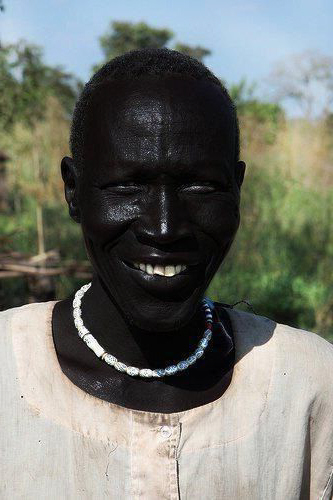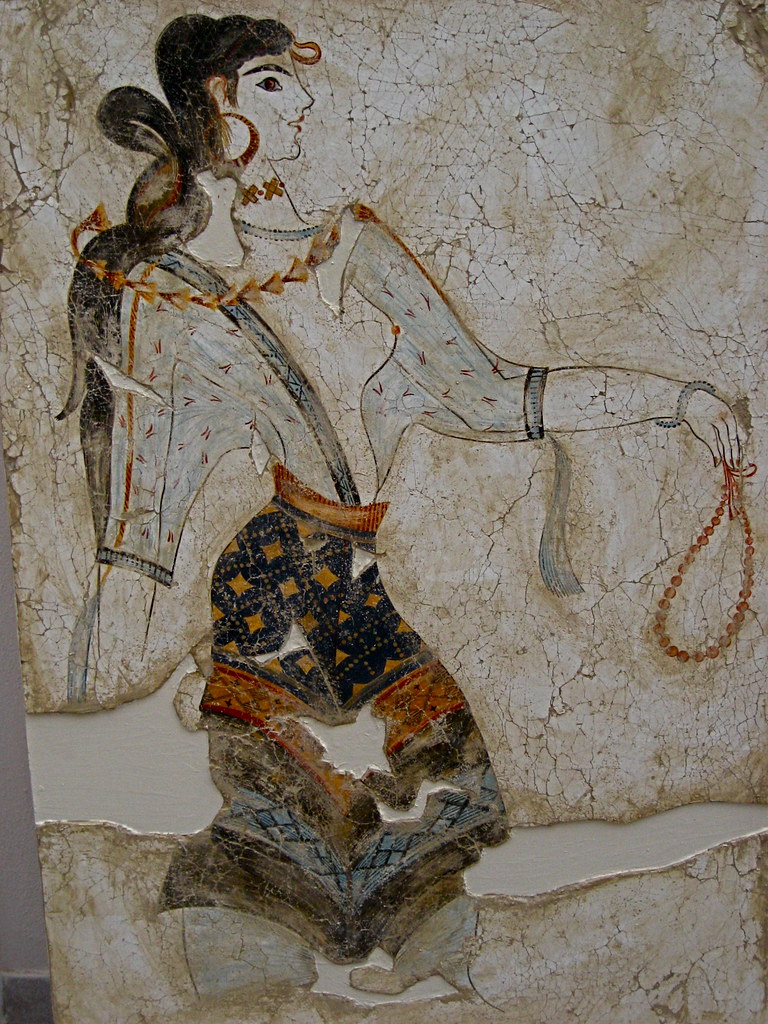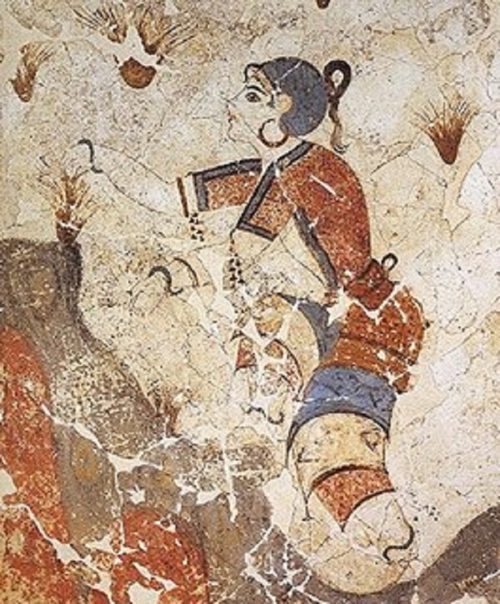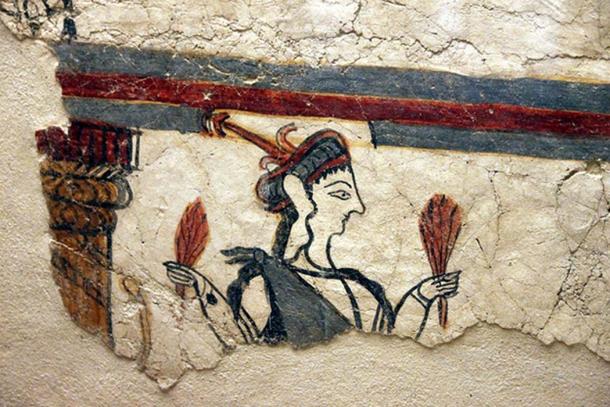real expert
Regular Member
- Messages
- 795
- Reaction score
- 455
- Points
- 63
looking at the frequencies of those genes in modern populations i would guess they were probably intermediate. but those are only very few genes. for example the derived allele of SLC24A5 is at more than 50% frequency in ethiopians and somalis but they aren't really light skinned. i imagine them to have had the skin complexion of modern day north african, levantine populations. those are also almost fixated for SLC24A5. Krause said somewhere that the farmers in europe had the complexion of modern populations from around the mediterranean so the same probably applies to bronze age aegeans.
I agree with you that the BA Aegeans were likely intermediate/olive skinned and not "dark to black". However, the academic paper concluded the opposite. Besides, many Ethio-Semites from Eritrea and North Ethiopia are (when not over-exposed to the sun) often light brown, yellowish. Somalis and Ethiopians from the largest Ethiopian ethnicity, the Oromo, are darker than the Ethio-Semites, though. We have to take into consideration that Horners have varying degrees of Western Eurasian admixture. They have also inherited certain genes for extremely dark skin. For instance, the African component in Somalis/ Ethiopians is largely Dinka-like and the Dinkas are not seldom literally black. Thus, they must have genes that makes them extremely dark even for African standard. When the Egyptians were depicting Nubians with literally black skin, they were not exaggerating.
Here a picture of a Dinka man who is literally black.

One picture of an Ethio-Semitic female from the Tigrinya tribe(Eritrea) with light brown skin tone. The second pic shows an Ethio-Semite women from Ethiopia. Anyway, Ethio-Semites have some additional Arab/Southern Arabian admixture. Bottom line, SLC24A5 has definitely a significant lightening effect.












